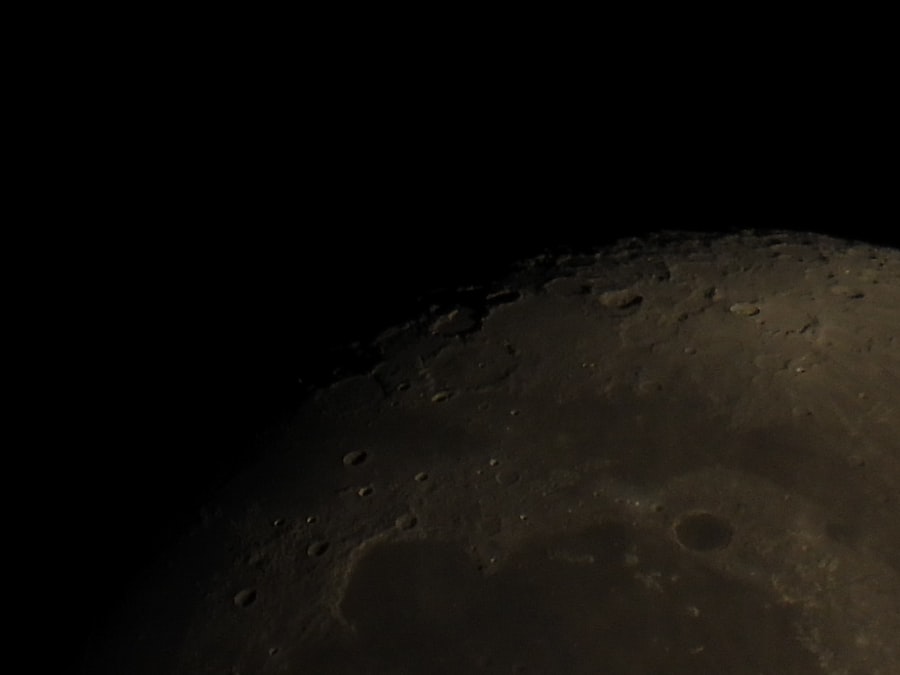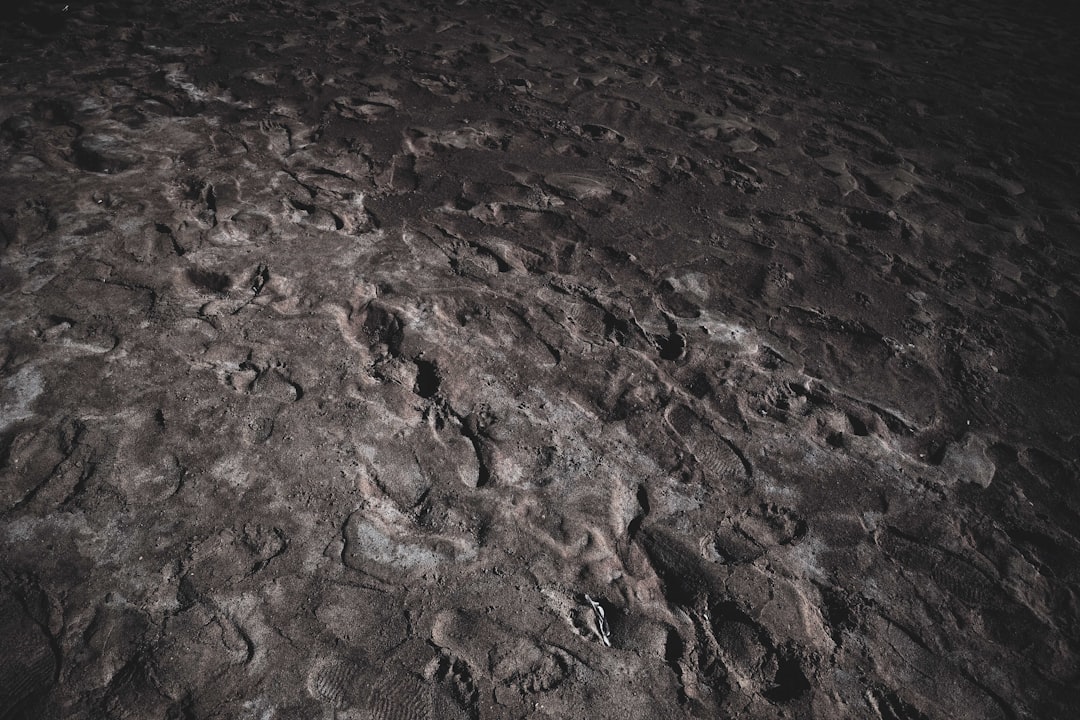The concept of lunar habitats has transitioned from the realm of science fiction into a tangible goal for humanity. As nations and private entities set their sights on establishing a permanent presence on the Moon, the idea of creating sustainable living environments has gained momentum. These habitats are envisioned as bases for scientific research, resource extraction, and even as stepping stones for future missions to Mars and beyond.
The Moon, with its unique environment and proximity to Earth, presents both opportunities and challenges that must be addressed in the quest for lunar colonization. Lunar habitats are designed to support human life in an environment that is starkly different from Earth. They must provide essential life support systems, including air, water, and food, while also protecting inhabitants from harsh conditions such as extreme temperatures, radiation, and micrometeorite impacts.
The development of these habitats requires innovative engineering solutions and a deep understanding of the Moon’s environment. As humanity embarks on this new frontier, the importance of safeguarding these habitats from potential threats becomes increasingly critical.
Key Takeaways
- Lunar habitats are essential for long-term human presence on the moon and for future space exploration missions.
- Space exploration is important for scientific research, resource utilization, and potential colonization of other celestial bodies.
- Potential threats to lunar habitats include natural disasters, radiation exposure, and micrometeoroid impacts.
- Lunar habitats are vulnerable to attack due to their isolated location and limited resources for defense.
- Types of attacks on lunar habitats may include cyber-attacks, physical sabotage, and potential conflicts between nations or space agencies.
Importance of Space Exploration
Space exploration has long been a driving force behind technological advancement and scientific discovery. The pursuit of knowledge about the universe not only satisfies human curiosity but also leads to innovations that benefit life on Earth. The exploration of the Moon serves as a crucial step in understanding our solar system and the origins of life itself.
By studying lunar geology and potential resources, scientists can gain insights that may unlock secrets about the formation of planets and the conditions necessary for life. Moreover, lunar exploration holds significant implications for international collaboration and diplomacy. As countries work together to establish a presence on the Moon, they foster relationships that can lead to peaceful cooperation in other areas.
The shared goal of exploring space can unite nations in ways that transcend terrestrial conflicts. Additionally, the technological advancements developed for lunar missions often find applications in various fields on Earth, from telecommunications to environmental monitoring, further underscoring the importance of space exploration.
Potential Threats to Lunar Habitats

As humanity looks to establish a foothold on the Moon, it must also contend with a range of potential threats that could jeopardize lunar habitats. These threats can be broadly categorized into natural hazards and human-induced risks. Natural hazards include extreme temperature fluctuations, radiation exposure from solar and cosmic sources, and the risk of micrometeorite impacts.
Each of these factors poses significant challenges to the design and sustainability of lunar habitats. Human-induced risks are equally concerning. As more entities venture into space, the potential for conflicts over resources and territory increases.
The Moon’s resources, such as water ice and rare minerals, may become points of contention among nations and corporations. Additionally, the possibility of sabotage or hostile actions against lunar habitats cannot be overlooked. As humanity expands its presence beyond Earth, it must develop strategies to mitigate these risks and ensure the safety and security of its lunar endeavors.
Vulnerability of Lunar Habitats to Attack
| Aspect | Metrics |
|---|---|
| Physical Security | Strength of habitat structure, access control measures |
| Cybersecurity | Network security, data encryption |
| Supply Chain Security | Verification of materials and components, secure transportation |
| Emergency Response | Ability to respond to attacks or breaches |
Lunar habitats are inherently vulnerable due to their remote location and the limited infrastructure available for defense. Unlike terrestrial environments where nations have established military presences and defense systems, the Moon lacks such protective measures. This vulnerability is compounded by the fact that any hostile actions against lunar habitats could go undetected for extended periods, given the vastness of space and the limited surveillance capabilities currently in place.
The isolation of lunar habitats also means that any attack could have devastating consequences for their inhabitants. With limited resources and no immediate means of evacuation, a successful assault could lead to loss of life and significant setbacks in lunar exploration efforts. As nations and private companies invest in establishing a permanent presence on the Moon, they must recognize this vulnerability and take proactive measures to safeguard their investments.
Types of Attacks on Lunar Habitats
The potential types of attacks on lunar habitats can vary widely, ranging from cyberattacks to physical assaults. Cyberattacks pose a significant threat as they can disrupt communication systems, life support mechanisms, and operational protocols without any physical presence on the Moon. A successful cyber intrusion could compromise critical systems, leading to catastrophic failures that endanger lives.
Physical attacks could take several forms, including sabotage or direct assaults using advanced weaponry. The possibility of hostile nations or rogue actors targeting lunar habitats to assert dominance or disrupt scientific research raises serious concerns about security in space. Additionally, as commercial interests grow in lunar exploration, corporate espionage could emerge as a new threat, with entities seeking to undermine competitors through illicit means.
Impacts of Attacks on Lunar Habitats

The impacts of attacks on lunar habitats would be profound and far-reaching. In the immediate aftermath of an assault, the safety and well-being of inhabitants would be at risk. Loss of life or injury could occur, leading to a humanitarian crisis in an environment where resources are already scarce.
Furthermore, damage to critical infrastructure could hinder ongoing research efforts and delay future missions. Beyond the immediate consequences, attacks on lunar habitats could have broader implications for international relations and public perception of space exploration. A successful attack could instill fear among potential astronauts and investors, leading to decreased interest in lunar missions.
This could stall progress in scientific research and technological development that benefits both space exploration and life on Earth. The long-term viability of lunar habitats hinges not only on their construction but also on their security against potential threats.
Strategies for Protecting Lunar Habitats
To ensure the safety and sustainability of lunar habitats, a multifaceted approach to protection is essential. First and foremost, robust engineering solutions must be developed to fortify habitats against natural hazards such as radiation and micrometeorite impacts.
In addition to physical defenses, establishing comprehensive security protocols is crucial for protecting against human-induced threats. This may involve implementing surveillance systems capable of monitoring activity around lunar habitats and developing contingency plans for potential attacks. Collaboration between nations and private entities will be vital in sharing intelligence and resources to create a unified defense strategy for lunar exploration.
International Cooperation in Protecting Lunar Habitats
International cooperation will play a pivotal role in safeguarding lunar habitats from potential threats. As multiple nations pursue lunar exploration, establishing agreements that promote peaceful collaboration is essential. Treaties that outline shared responsibilities for security and resource management can help mitigate conflicts over territory and resources.
Furthermore, joint missions involving astronauts from different countries can foster goodwill and trust among nations engaged in space exploration. By working together on scientific research projects or resource extraction initiatives, countries can build relationships that extend beyond the Moon. This collaborative spirit will be crucial in addressing security concerns while advancing humanity’s collective goals in space.
Role of Technology in Defending Lunar Habitats
Advancements in technology will be instrumental in developing effective defense mechanisms for lunar habitats. Innovations in robotics, artificial intelligence, and remote sensing can enhance surveillance capabilities and provide early warning systems for potential threats. Autonomous drones equipped with monitoring technology could patrol the vicinity of lunar habitats, detecting unusual activity or environmental changes.
Additionally, cybersecurity measures must be prioritized to protect critical systems from cyberattacks. Developing secure communication networks and implementing encryption protocols will be essential in safeguarding sensitive information related to habitat operations. As technology continues to evolve, it will provide new tools for defending against both natural hazards and human-induced threats.
Ethical Considerations in Space Defense
As humanity ventures into space with aspirations of colonization, ethical considerations surrounding space defense must be addressed.
Establishing guidelines that prioritize peaceful coexistence while ensuring security is essential for maintaining the integrity of space exploration efforts.
Moreover, ethical questions arise regarding resource exploitation on celestial bodies like the Moon. As nations seek to extract valuable materials, considerations about environmental preservation and equitable access must be taken into account. Balancing security needs with ethical responsibilities will be crucial as humanity navigates the complexities of establishing a presence beyond Earth.
Conclusion and Future Outlook for Lunar Habitats
The future outlook for lunar habitats is both promising and fraught with challenges. As humanity stands on the brink of establishing a permanent presence on the Moon, it must confront potential threats that could undermine these efforts. By prioritizing security measures, fostering international cooperation, and leveraging technological advancements, humanity can work towards creating safe and sustainable living environments on the lunar surface.
Ultimately, the journey toward lunar colonization represents not only a scientific endeavor but also a test of humanity’s ability to navigate complex ethical dilemmas and geopolitical tensions in space. As nations come together to explore this new frontier, they have an opportunity to set a precedent for peaceful collaboration that extends beyond our planet. The successful establishment of lunar habitats could pave the way for future exploration endeavors while inspiring generations to come with the possibilities that lie beyond Earth’s atmosphere.
The vulnerability of lunar habitats to potential attacks is a growing concern as space exploration advances and the prospect of establishing permanent bases on the Moon becomes more realistic. This issue is not only about the physical security of these habitats but also involves the strategic and geopolitical implications of lunar colonization. An interesting perspective on this topic can be found in a related article on the challenges and considerations of securing extraterrestrial settlements. For more insights, you can read the full article on this subject by visiting this page.
WATCH THIS! 🚀 Why The Moon Is The Next Battlefield: The Geopolitics of Cislunar Space
FAQs
What are the main vulnerabilities of lunar habitats to attack?
Lunar habitats are vulnerable to attack due to their isolated location, limited resources, and reliance on technology for life support systems.
How could lunar habitats be attacked?
Lunar habitats could be attacked through various means, including cyber attacks on their technology systems, physical attacks on their structures, or sabotage of their life support systems.
What are the potential consequences of an attack on lunar habitats?
An attack on lunar habitats could have severe consequences, including loss of life, damage to critical infrastructure, and disruption of ongoing scientific research and exploration efforts.
What measures can be taken to protect lunar habitats from attack?
Protecting lunar habitats from attack requires a combination of physical security measures, cybersecurity protocols, and contingency plans for responding to potential threats.
What role does international cooperation play in protecting lunar habitats from attack?
International cooperation is essential for protecting lunar habitats from attack, as it allows for the sharing of resources, expertise, and intelligence to address potential security threats.
